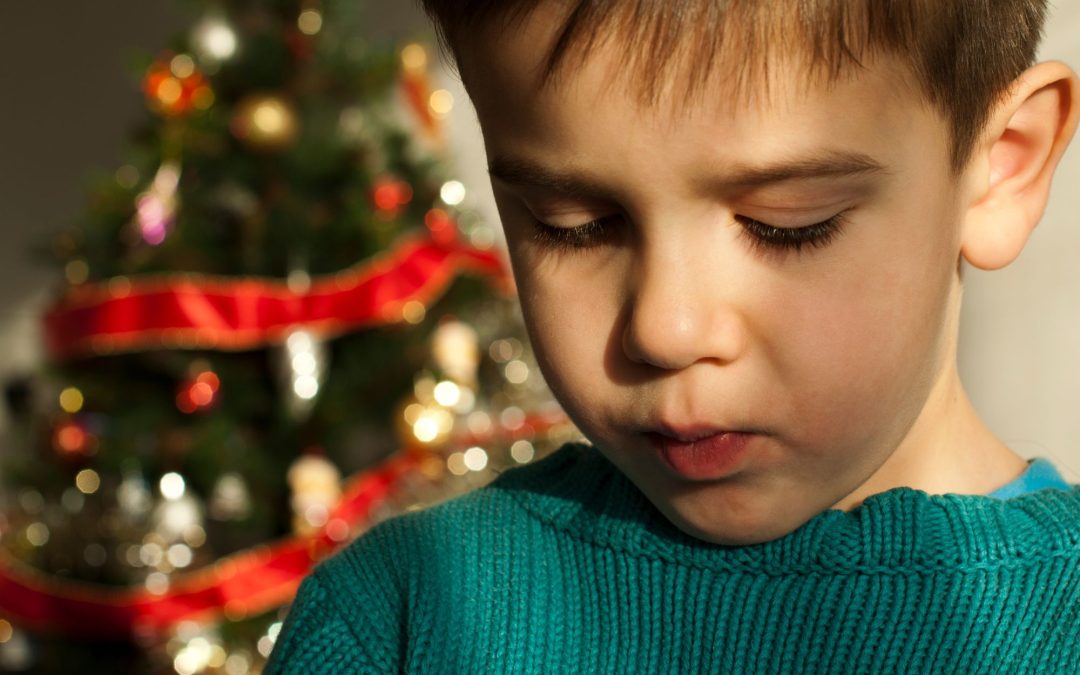It’s the most magical time of year, according to Hallmark! The holidays are a time filled with excitement, joy and big feelings.
Parents and caregivers are busy creating the magic that is the holidays and it can feel like a thankless job at times. Kids seek routine, structure and predictability, which can be difficult to create when the calendar is filled with so many fun activities and annual traditions. During the holidays it is important to remember that children’s emotional thermometer is not starting at their base line and their window of tolerance for emotions is much smaller. Much like adults, when children are out of their normal routine, not sleeping well or eating well, it all adds up and they don’t yet have the tools to manage all of the big feelings that come along with that on their own. Even too much excitement is too much!
The following are tips to help increase connection and decrease resistance (maybe even some resentment) to help you and your child survive the holidays.
- Create as much structure, routine and predictability as possible. Making visual schedules of the days and what the schedule will be, as well as estimated time frames for how long things will last.
- This includes setting boundaries with others to protect your own time and mental health. Saying “no” is hard but so is dealing with meltdown after meltdown. Choose your hard!
- If your child is old enough create a code word, so when at gatherings with family or friends your child can communicate with you that they need a break without having to announce it to the room. Also, respect your child’s use of the code word and comply immediately. It was probably difficult for them to initiate and asking them to wait could be the straw that breaks the camel’s back. Praise them for using the code word ☺
- Parents/caregivers of younger children who don’t quite yet know their own body cues and limits, remain attuned to your child. Tune into your child regularly by observing body cues, voice volume or subtle clues that they are on the verge of needing a break. If you aren’t sure what those cues are spend some time over the next week noticing the pitch or tone of their voice, do they start to talk with a whine or start to growl? Do they turn their back to the room? Do they hide in a small space? When parents/caregivers are attuned to of big feelings becoming out of control feelings.
- Have an exit strategy and problem solve with your child before going.
- Don’t forget to have some low key or free time/days to recover from all the fun and help your child return to their baseline.
- As a parent/caregiver, don’t forget to take some time and be still. Model resting your body, taking deep breathes and taking a break. Put your phone down, look around and take in the moments and be present because that is what your child will really remember.


